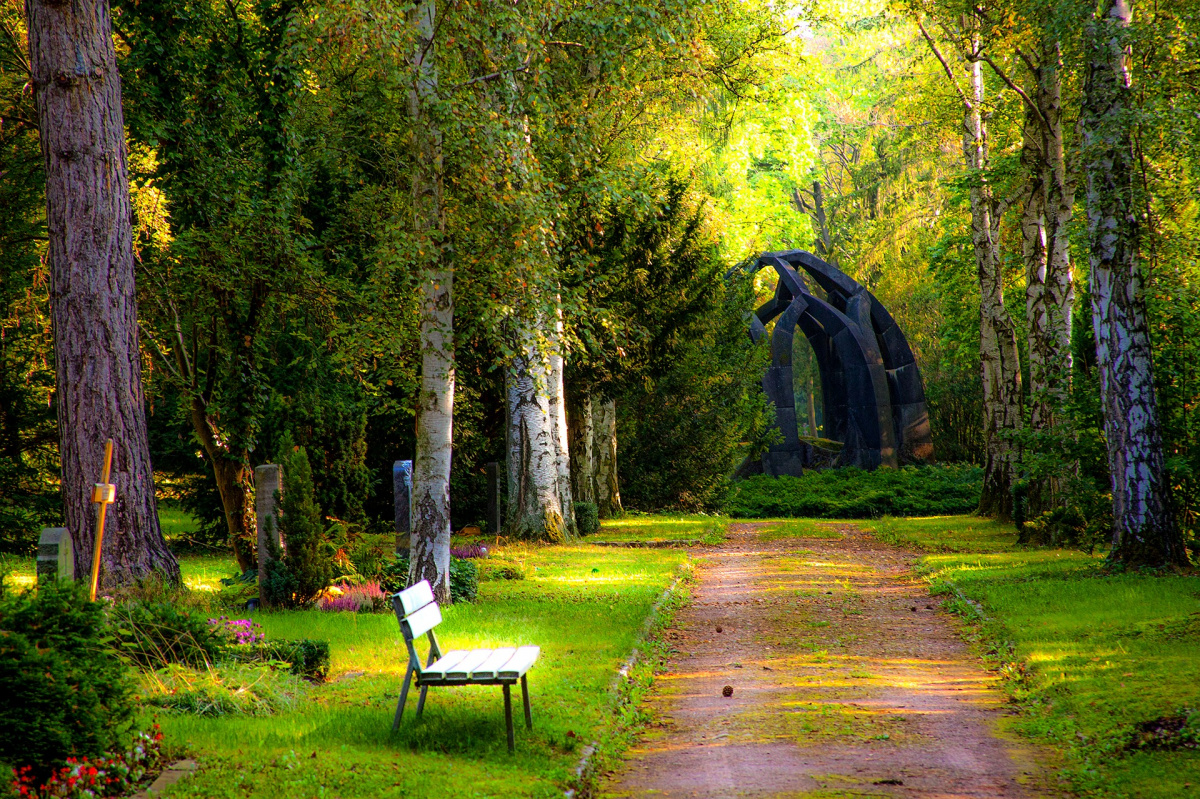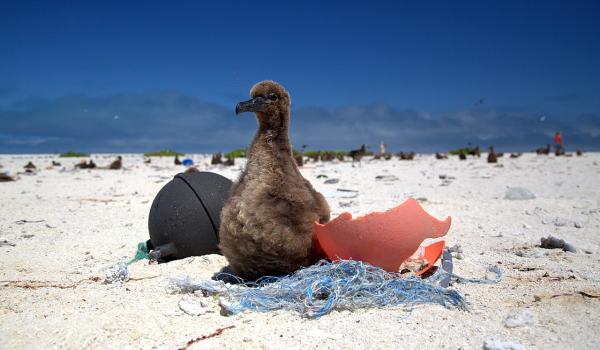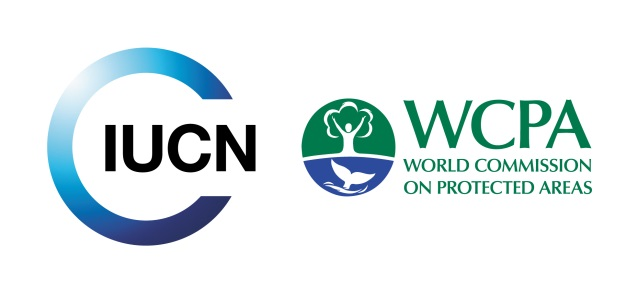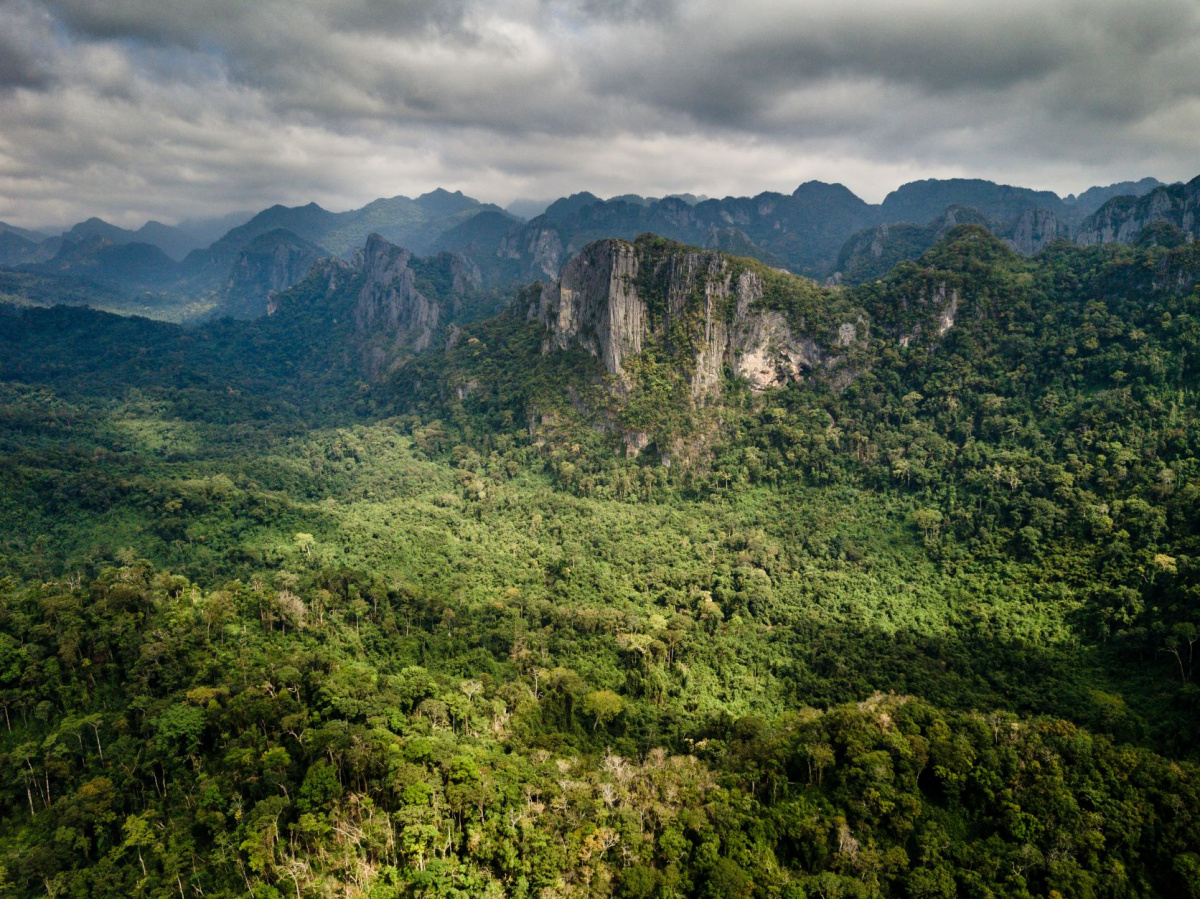In Memoriam: Ronald G. Petocz (1941-2022)
Dr. Ronald G. Petocz passed away on 21 February 2022, at the age of 81. A valued member of the IUCN WCPA, Dr Petocz supported protected areas throughout Asia, and his passing is mourned by the conservation community.

In Memoriam
Photo: Pixabay
The following is an obituary by Jeffrey A. McNeely, former Chief Scientist, IUCN:
Known to his many friends as Ron, Ronald G. Petocz had been doing fieldwork in Cambodia and was on what was planned to be a three-week visit to Lao PDR but was marooned by the transportation shutdown forced by the Covid-19 pandemic to stay longer. So, he found a guesthouse with a kind Lao family who took care of Ron as his health failed due to an inoperable arterial aneurism and he died in his sleep. He is survived by his younger brother Tom, who lives in north-eastern Thailand and worked with Ron’s host family to arrange a funeral ceremony on 28 February 2022.
As an international expert on protected areas and long-time member of WCPA and several SSC Specialist Groups, Ron Petocz has had a major impact on the many countries where he has contributed to the more effective management of areas designated by governments to achieve conservation objectives involving species, ecosystems, and sustainable development.
I first met Ron in 1980, when I was the Manager of the WWF/IUCN Indonesia Programme (IUCN’s first country programme). Our objective was to support Indonesia’s efforts to establish a national system of protected areas that would conserve the country’s rich biodiversity and provide substantial benefits to the people living in and around the ecosystems that would be designated for legal protection. Clearly, we needed to recruit the best available expertise to work in all parts of the archipelago, from Sumatra in the west to Irian Jaya (Indonesia’s part of the island of New Guinea) in the east. The latter was especially challenging because if its rugged topography, limited land transportation infrastructure, and complex tribal structure of indigenous peoples who were not always peaceful. We already had Jared Diamond, a professor of geography at UCLA, collecting data on the distribution of the rich avifauna of Irian Jaya, including many endemic species. But we needed someone with expertise in protected area system planning, and Ron applied to run the IUCN/WWF project designed to prepare a conservation strategy for the entire western part of New Guinea.
Ron was ideal for the post, having spent 1971-1978 working in Afghanistan as Team Leader on an FAO/UNDP project designed to develop a system of protected areas for the country, a system that now has 15 protected areas in various IUCN categories and covering deserts, steppes, mountains, and wetlands occupied by snow leopards, several species of wild sheep and goats, flamingoes, and many other species. With a team of eight Afghans and four UN Associate Experts, they were able to conduct socio-economic studies of the rural people who would be affected by the establishment of the protected areas and could benefit by participating in tourism development. Ron helped establish a new Directorate of Nature Conservation, helped draft new wildlife legislation, and continued his research on mountain sheep until the worsening political and security situation in Afghanistan forced the project to close.
Indonesia was more peaceful, but still challenging as Ron led a small team to prepare a protected areas system plan for the entire western half of New Guinea, collected basic ecological data, supervised training courses for Indonesian PA staff, and coordinated the protected areas system with other sectoral development activities such as timber production, transmigration, road construction, and oil and mineral extraction. Perhaps most important, he also designed, developed, and found funding for subsidiary projects aimed at benefitting the rural poor, and maintained communications with Indonesian non-governmental conservation organizations as well as international organizations and protected area agencies in the neighboring countries. His conservation master plan for Irian Jaya, “Conservation and Development in Irian Jaya: A Strategy for Rational Resource Utilization” was published in 1984, with the Indonesia version coming in 1987, and a new English-language version was published in 1989 by E.J. Brill (Leiden); it is still in print, and in high demand. It serves as a superb example of a national system plan that links protected areas with provincial and national development.
Fortunately, the internet has enabled Ron’s superb publication to still be available through the IUCN library system. The original 1984 report is at https://portals.iucn.org/library/node/12119, and the EJ Brill edition can be downloaded from https://portals.iucn.org/library/node/6544. Ron’s innovative production belongs in the personal library of all WCPA members, not to mention the world’s protected area agencies.
Ron’s contributions to Asia’s protected areas go far beyond Afghanistan and Indonesia. He has also prepared a Regional Management Plan for the Central Annamite Protected Areas in Vietnam and Lao PDR, as well as working with Lao and Vietnamese staff to prepare management plans for key protected areas, involving comprehensive stakeholder consultation and public participation. Ron also provided his expertise to protected areas projects and PA management training courses in Moldova, Azerbaijan, China, Yemen, the Philippines, Malaysia, and Thailand (among others). And he brought protected areas expertise to major projects, such as the China Nature Reserves Management Program and the Central Asia Transboundary Biodiversity Project, both funded by the World Bank and the Global Environment Facility. His skill in weaving protected areas into larger development projects funded by international agencies helped demonstrate the central role these areas and the ecosystem services they deliver play in supporting sustainable development.
He also gave important attention to wetlands and coastal and marine protected areas in the countries where he worked, notably in Yemen, the South China Sea, and the Philippines (where he had been living for the past decade or so). Throughout his various travels he always gave attention to the local cultures and especially their indigenous textiles, carpets, and rugs, collecting museum-quality decorative works of art, sculpture, and furniture that made visits to his home in Manila a feast for the eyes as well as the intellect.
Ron was a terrific companion on fieldtrips, always cheerful, knowledgeable, quick to pitch in with whatever needed to be done at a campsite, and his positive attitudes to the many surprises that come with working in and around protected areas were contagious. He was an effective team leader, building teamwork with his friendly approach to all and a great sense of humor even in the most stressful circumstances. Ron is gone now, but his influence will be eternal through his teaching, project designs, publications, and management plans that are now being implemented in protected areas and their surrounding lands and waters over much of Asia.
Jeffrey A. McNeely joined IUCN as Executive Officer of WCPA (then CNPAA) in 1980 and stayed for 30 years before retiring as Chief Scientist. He now lives in Thailand, where he continues to support Asian protected areas through visits, publications, and technical advice.



